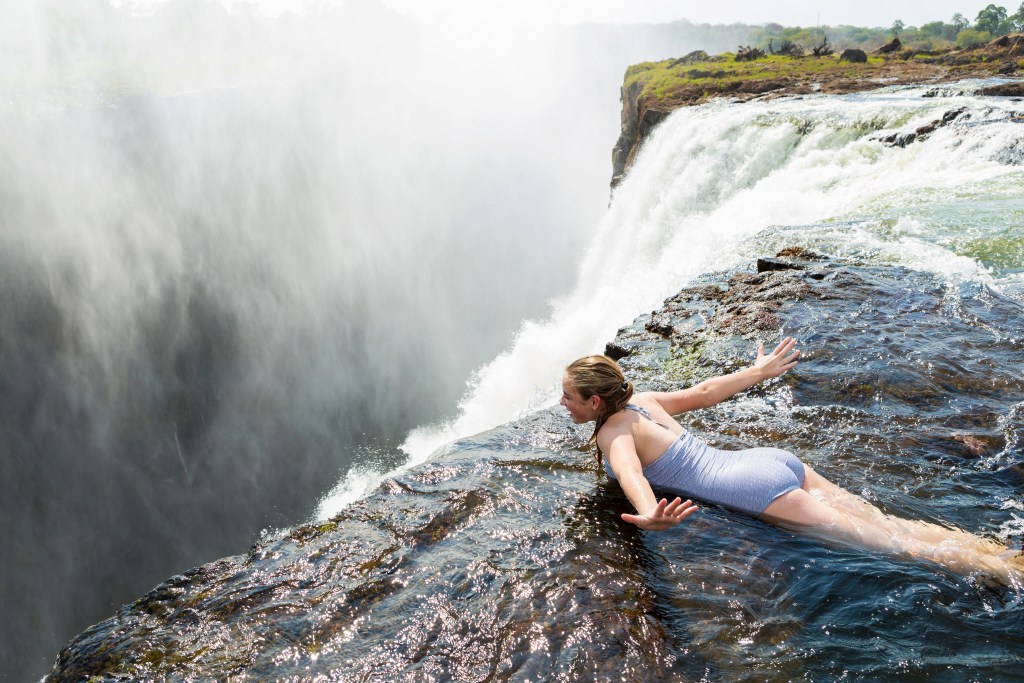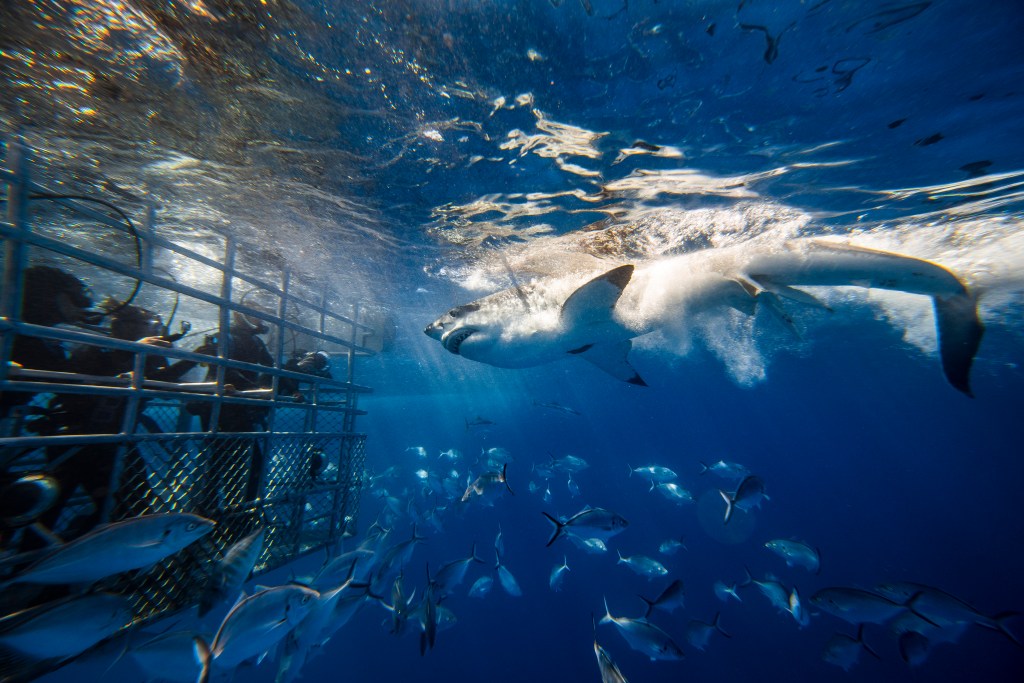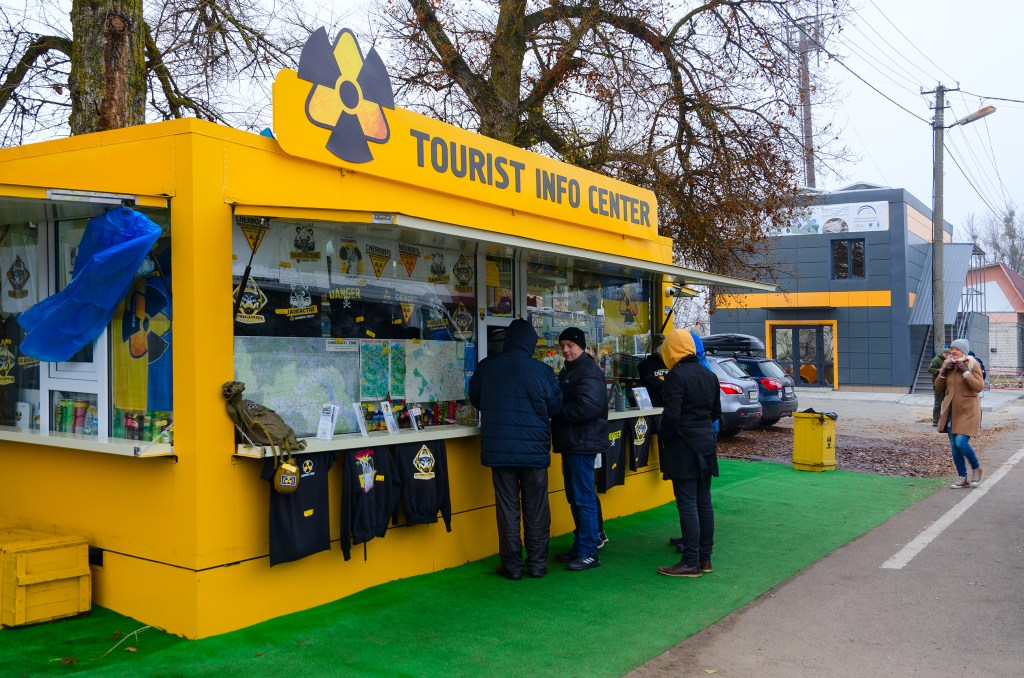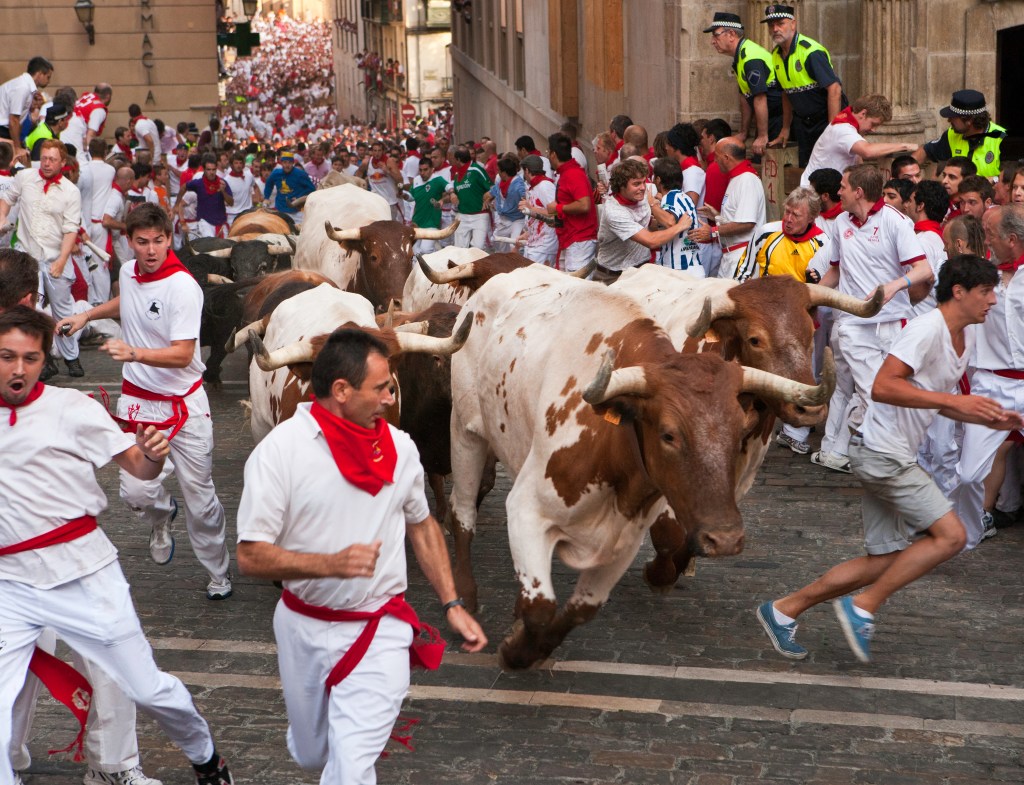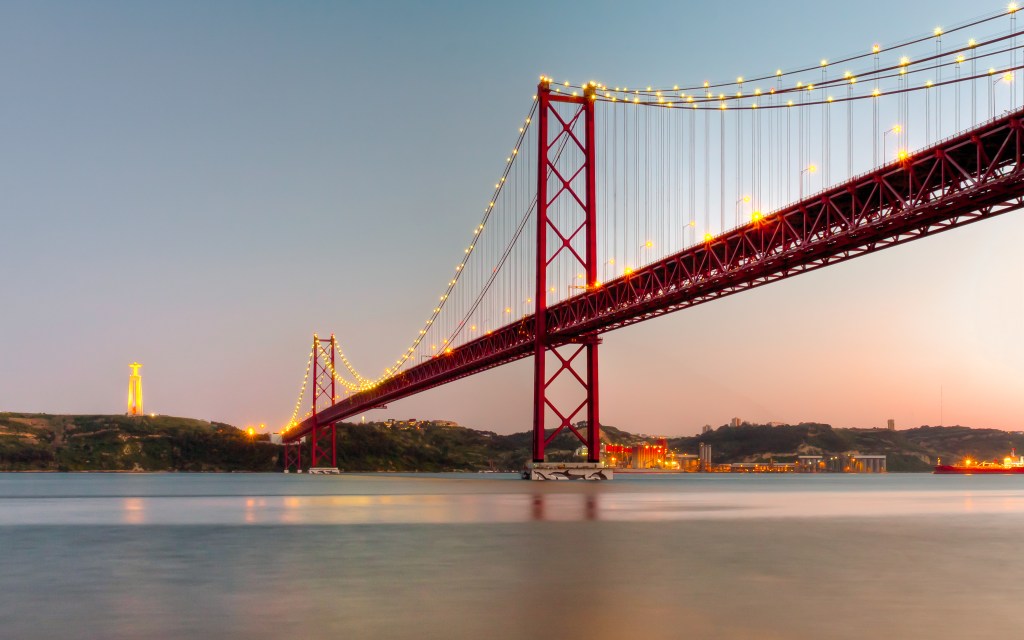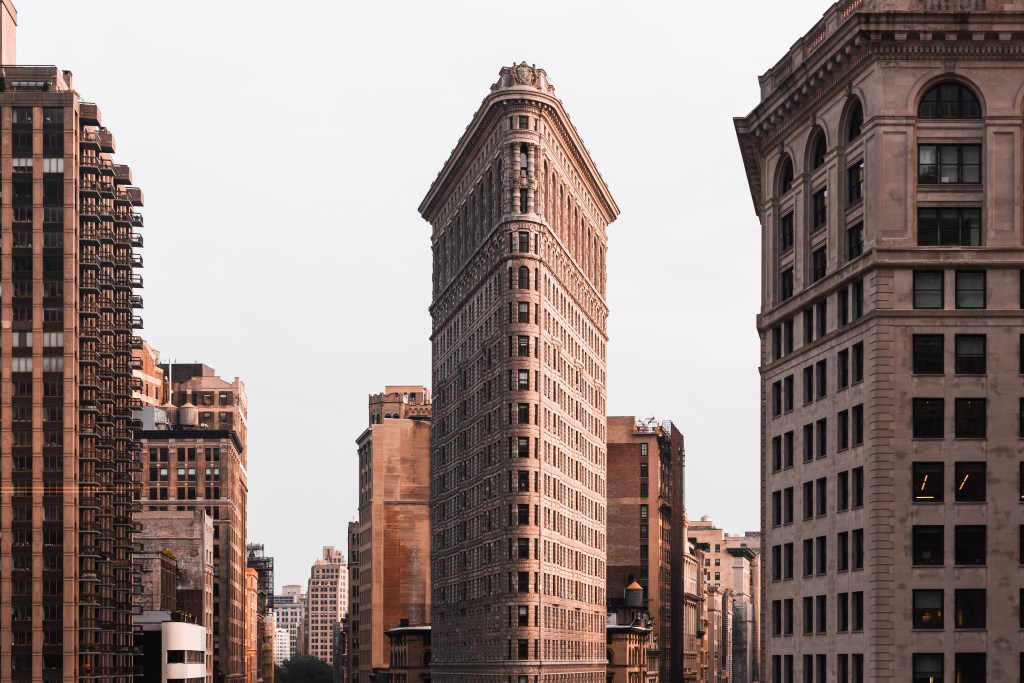Whether you’re visiting Italy for the first time or returning for the umpteenth time, you’ll see and experience (and probably taste) something new.
Something unforgettable, too.
That being said, I’ve found that the more popular the destination, the tougher it is to ‘sift through the noise’. In the case of Italy, that noise is an array of historic and cultural cities that draw tens of millions of tourists from around the world every month.
It’s not just a bucket list destination; it’s a pile of bucket list destinations.
And if you’re heading to Italy on the standard week-long (or even two-week-long) trip, then you’re going to have to make a lot of tough choices deciding where to go.
Looking for a little shortcut that will give you a quick introduction to each city? Welcome to the Spark Notes take on Italian destinations, from Rome to the Amalfi Coast to Trieste.
Where to go in Italy: Top 5 cities
Rome

It’s known as the Eternal City for a reason. This ancient city lets you delve deep into the West’s most impactful cultural and philosophical legacies while also enjoying delicious eats and getting lost on scenic side streets. Just prepare for the lines.
- Great for: History, museums, a long (almost unending) list of landmarks, and great eats
Milan

You’ll find plenty of heavy-hitting historical sites in Milan—but it’s a contemporary, powerhouse as well, home to Italy’s most important business, finance, fashion, and design brands. You can find a great blend of the past with the present, in other words.
- Great for: Shopping, sightseeing, museums, and architecture
Naples

Naples is the birthplace of pizza, which you shouldn’t miss out on. But it also offers a balance of rich history and exciting nightlife. Similar to Milan, you’ll find a blend of history and modern tastes in Naples. Plus, next-level eats, including margarita pizza.
- Great for: History, architecture, vibrant nightlife, seaside views, and great eats
Venice
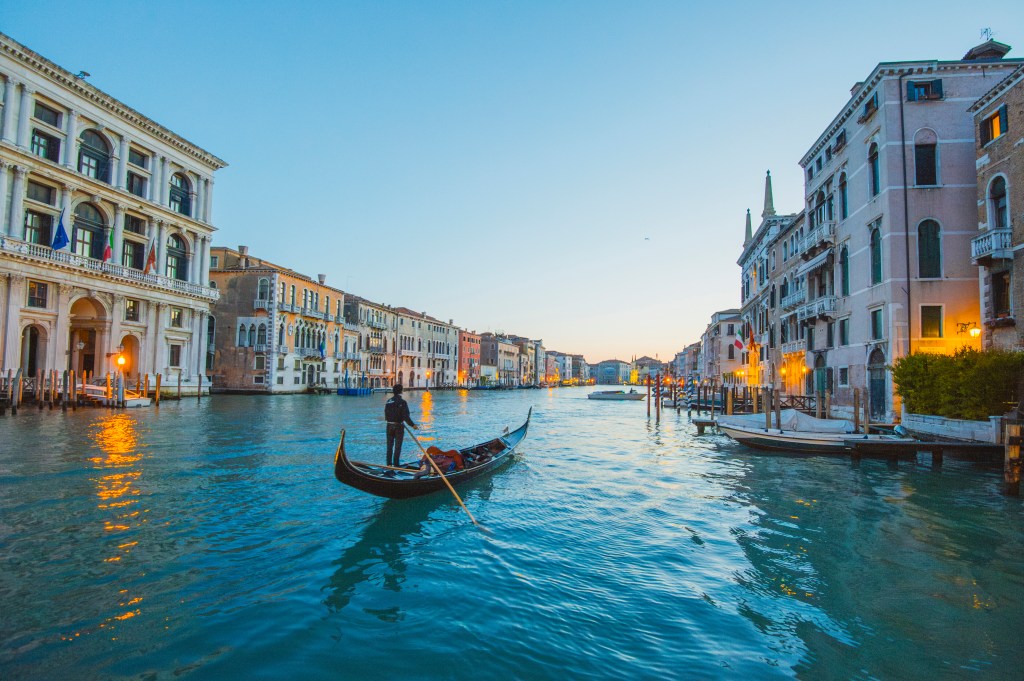
This city of canals needs no introduction. You’ve probably heard of the Rialto Bridge and the Grand Canal, but did you know that aside from its canals, Venice also offers a unique take on cuisine? Plus, it’s most beloved cultural treasure: Carnaval.
- Great for: World-renowned architecture, history, great eats, and unique culture
Florence
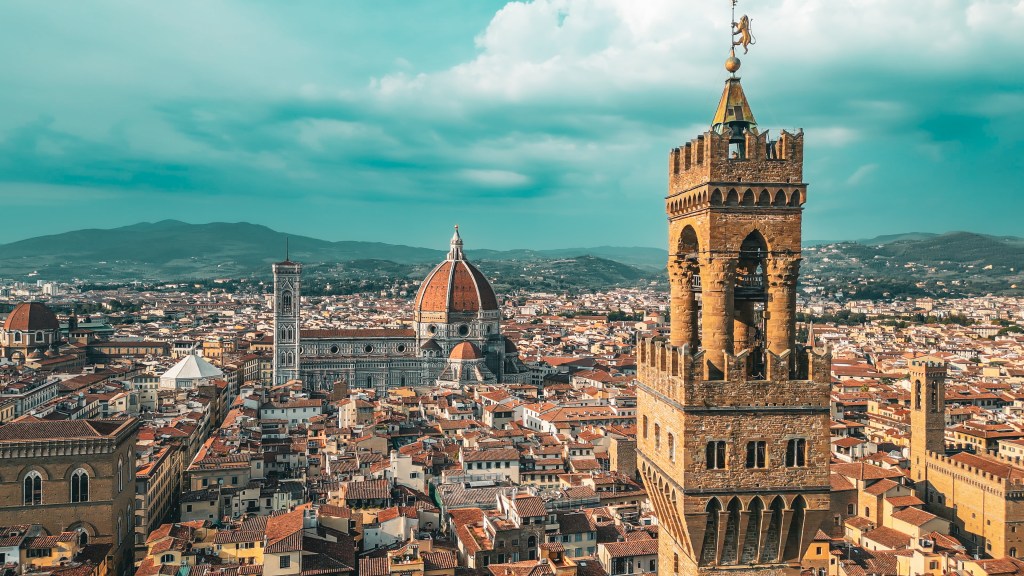
As the headquarters of the Renaissance and its most impactful thinkers and artists, Florence is chock-full of distinguished cultural sites and landmarks. It’s also home to a number of high-fashion houses—even if Milan is normally dubbed Italy’s fashion capital.
- Great for: History (especially art history), architecture, and museums full of works by the Renaissance masters—plus a bit of modern fashion
Where to go in Italy: smaller gems you can’t miss
Amalfi coast

Known for its breathtaking coastal views and dramatic cliff faces, the Amalfi Coast is a masterclass in colorful cultural heritage. Along with its architectural beauty, you can enjoy stunning views of the Tyrrhenian Sea and world-class restaurants.
- Great for: Scenic drives and views, architecture, and great eats (plus, world-class limoncello)
Cinque Terre

Lining the Italian Riviera, Cinque Terre is a collection of five villages that line the ocean. Many constructions also overhang the dramatic, rocky coastline, offering gorgeous mountain views and Ligurian Sea vistas. Just watch out for tourists—it’s up there with Rome and Venice in terms of high-season crowds.
- Great for: Scenic views, architecture, slow lifestyle, great wine, and great eats
Genoa
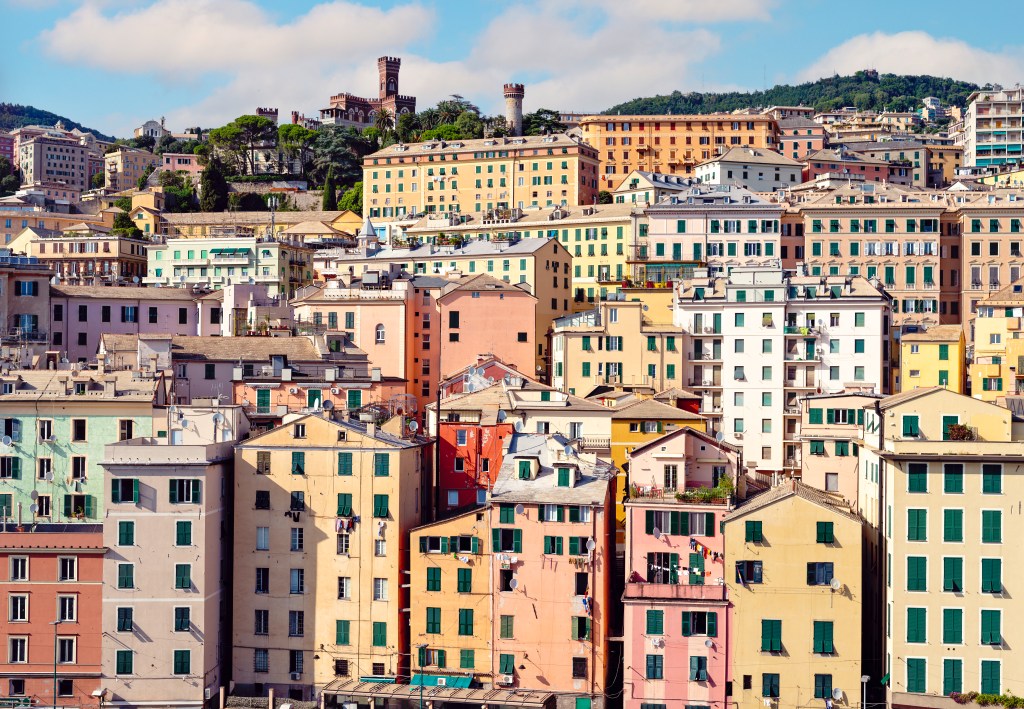
Birthplace of Christopher Columbus and pesto, Genoa is one of Italy’s hidden gems. You can find beautiful architecture, particularly in the historic center, which is home to colorful medieval buildings. And don’t forget about its harbor, which has made it an important maritime city.
- Great for: Unexpected finds, medieval architecture, great eats, museums, and history
Turin
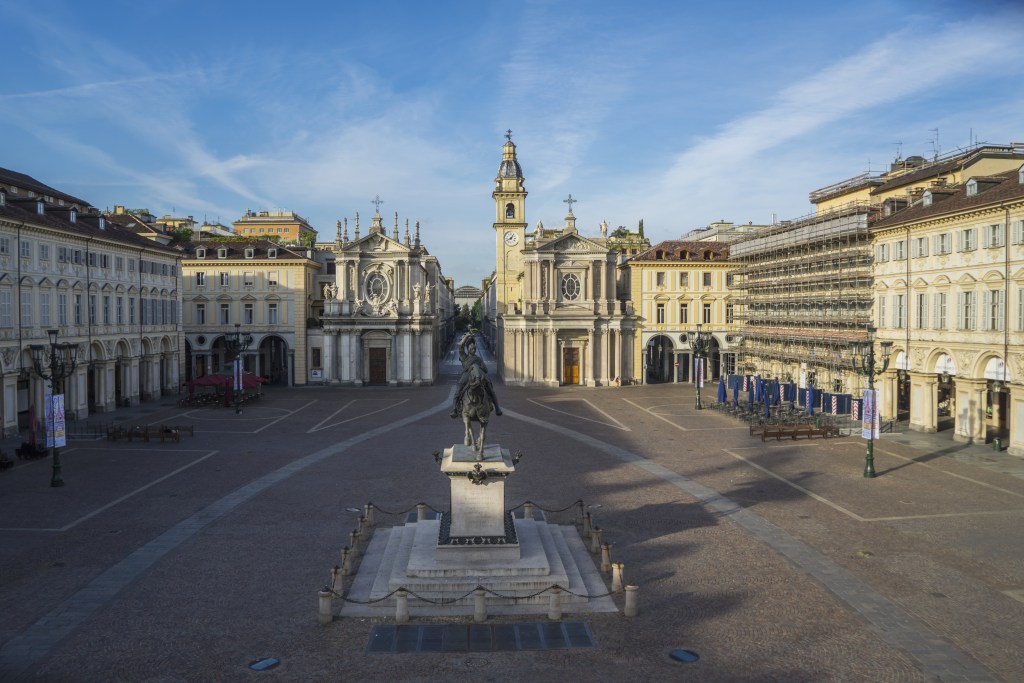
The architecture and history of Turin stand out because they aren’t quite like the rest of Italy, which was heavily influenced by Rome. There, you can find Baroque, Rococo, and Art Nouveau projects. Similar to Milan, it’s also a popular business hub, home to Fiat and Alfa Romeo, along with major music festivals.
- Great for: Architecture, museums, culture, and great eats (especially sweets)
Trieste

Located on the border between Italy and Slovenia, Trieste is Italy’s most Germanic city thanks to its historic status as part of the Habsburg Austrian Empire. From its architecture to its eats to its history, that makes it not quite like other Italian hubs. Plus, it’s got a few canals like Venice, making it a solid alternative if you want to avoid crowds.
- Great for: Architecture, culture, great eats, and unexpected finds
Bologna

Dubbed ‘la grassa’ or the fat for its extensive culinary impact, you’re going to eat well and eat often in Bologna. It’s also home to the world’s oldest university, giving you plenty of history and culture to bite into (pun intended) during your trip.
- Great for: Great eats, history, culture, and architecture
Lucca
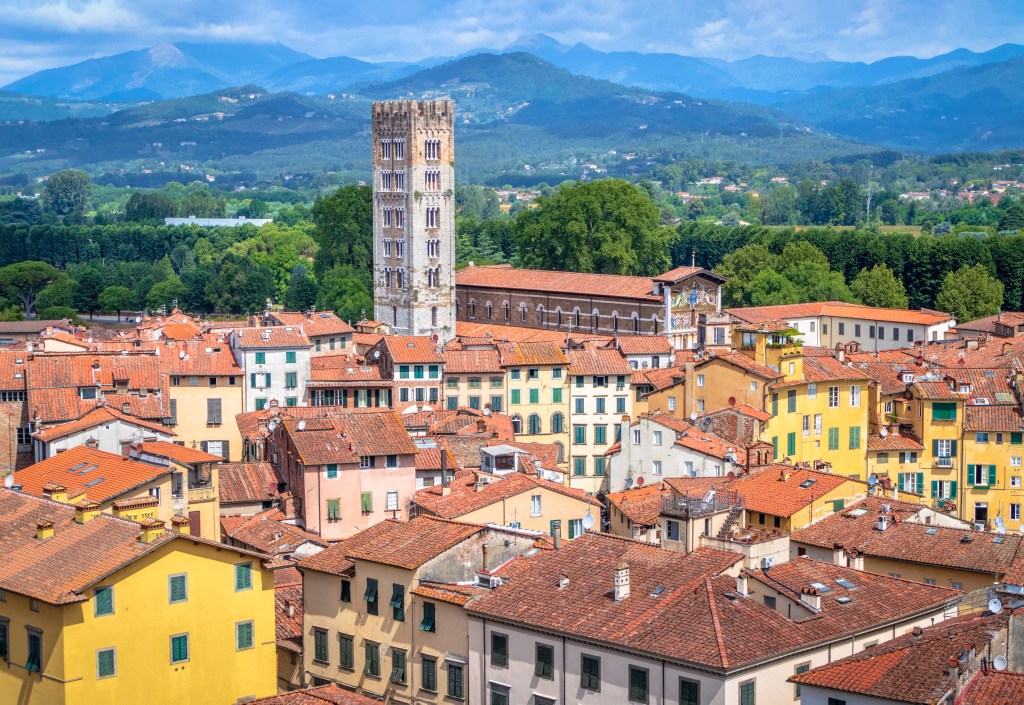
Lucca has quietly become one of the best alternatives to other Tuscan hotspots like Pisa and Florence. It’s got a stunning and well-preserved historic district, and is surrounded by some of Tuscany’s most lovely hills. Here, you can disappear into the slow pace of Italian life.
- Great for: Slow living, great eats, architecture, and history
Olbia (Sardinia)

Olbia is a popular spot for domestic Italian tourists, which should clue you into the beautiful beaches that can be found around the city. Similar to Palermo (below), you can also find historical callbacks to ancient Phoenician and Roman settlements. But the most famous sites are from its Romanesque architects, who built churches and basilicas.
- Great for: Unexpected finds, beaches, architecture, and history
Palermo (Sicily)

Though I usually prefer Sicily’s southern coast, there’s no doubt that I’d rather spend a day in Palermo compared to Catania. Both cities excel in terms of ancient history and delicious eats, but Palermo has more landmarks of historical significance thanks to the fact that it was the capital of the Kingdom of Italy for around seven hundred years. Best of all, Palermo puts you close to some of Italy’s quietest and prettiest beaches.
- Great for: Ancient history, architecture, culture, museums, beaches, and great eats
